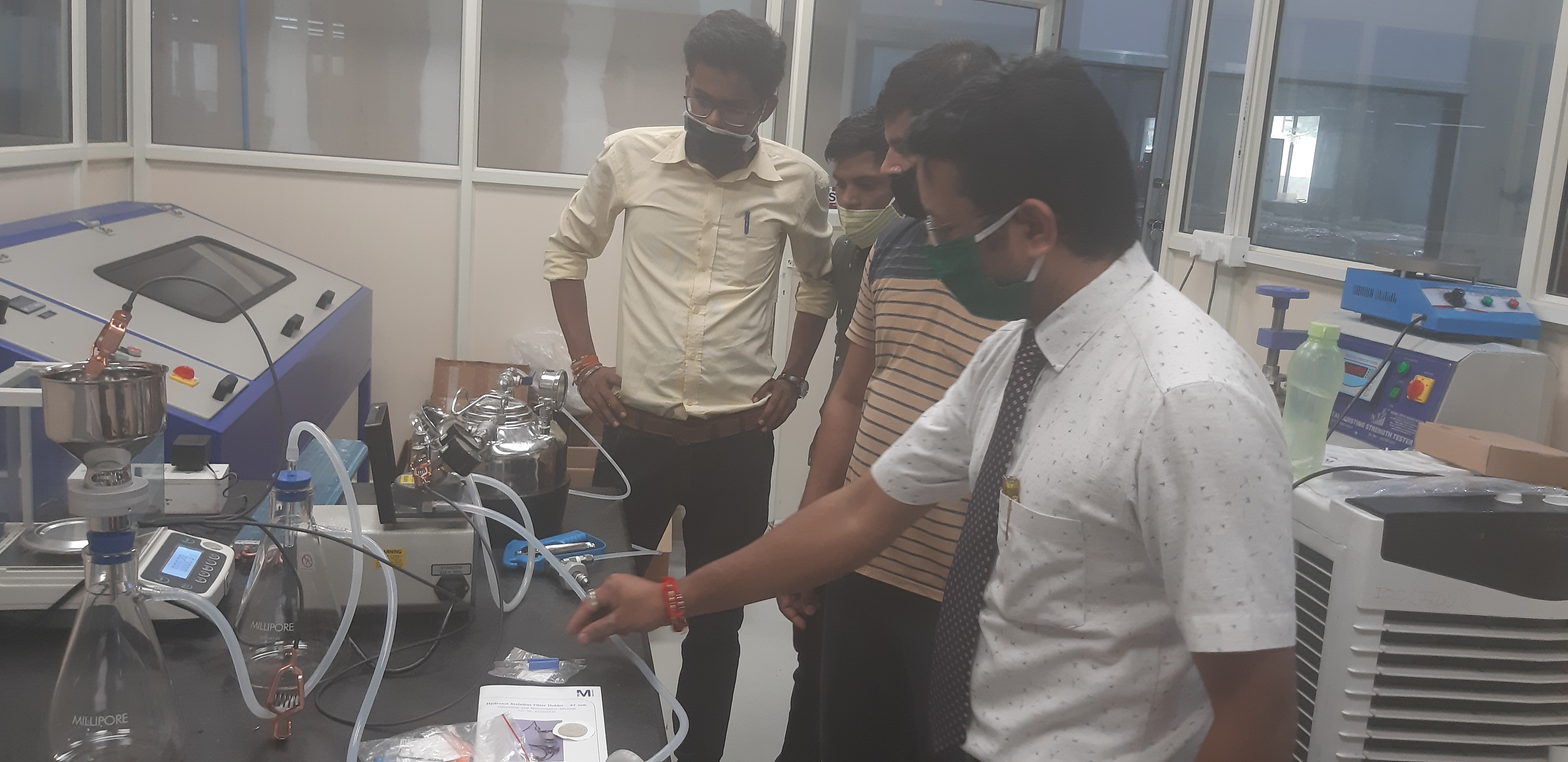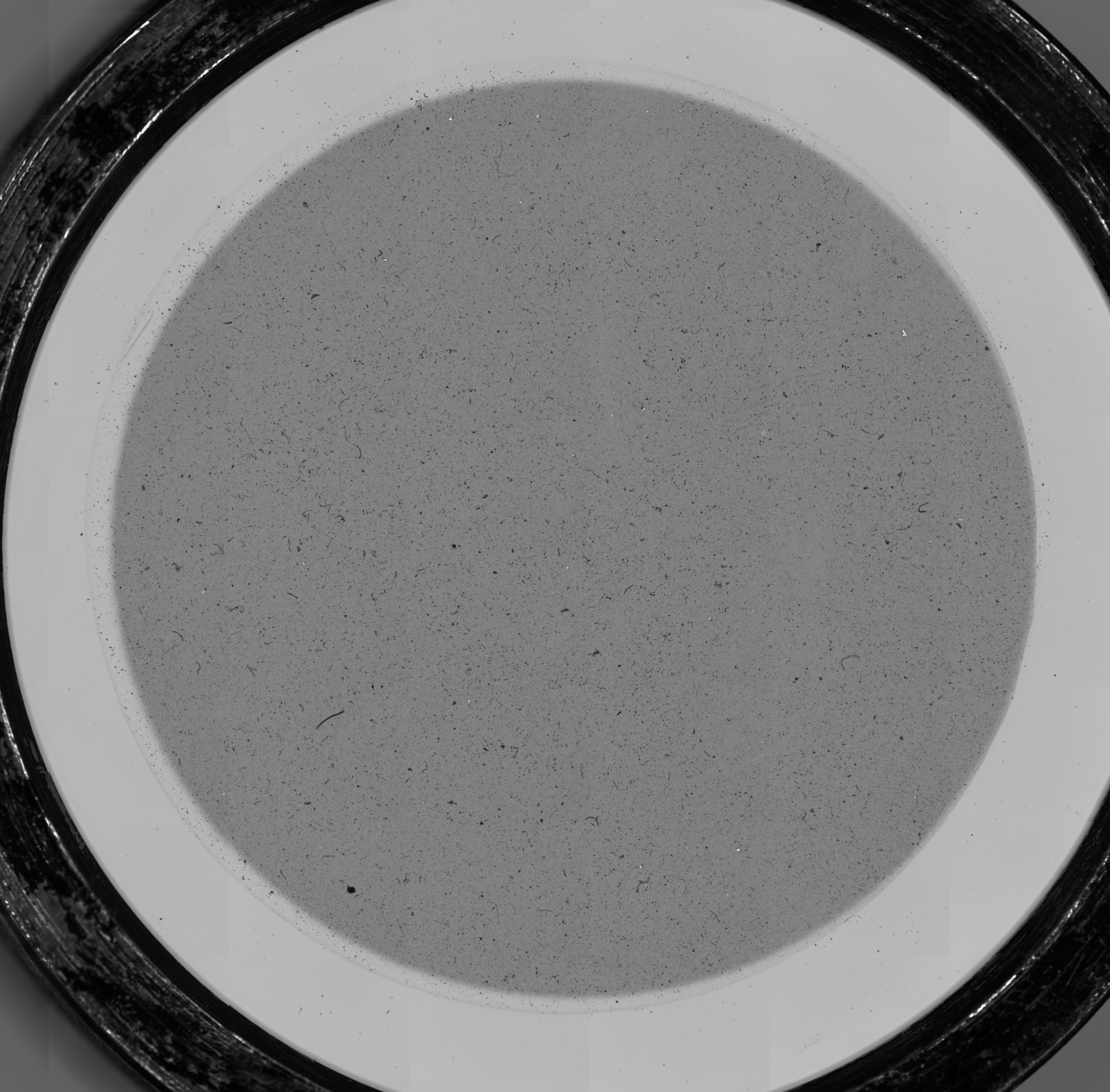Cleanliness Particle Size Analysis Test (Millipore)
The Cleanliness Particle Size Analysis Test, often referred to as Millipore or Contamination Analysis, is a critical procedure for assessing and ensuring the cleanliness of components and systems in various industries. This test measures the quantity, size, and type of particulate contamination present, which is essential for maintaining the performance, reliability, and longevity of mechanical systems, particularly in sectors like automotive, aerospace, hydraulics, and manufacturing.
Gravimetric Analysis
Filtration:
- Filtering the sample through a membrane filter to collect particles.
- Filters are typically rated by pore size, such as 5 µm or 10 µm.
Weighing the filter: before and after filtration to determine the total mass of collected particles. Provides a measure of overall contamination.
Granulometric Analysis (Microscopic Analysis)
Granulometric analysis, also known as particle size distribution analysis, is a method used to determine the size distribution of particles in a given sample. This involves:
- Examining the filter under a microscope to count and size particles.
- Using optical microscopes, depending on the required resolution.
Standards and Specifications
ISO 4406: Specifies the cleanliness code for hydraulic fluids based on the number of particles per milliliter at different size ranges (e.g., ≥4 µm, ≥6 µm, ≥14 µm).
ISO: Provides guidelines for the cleanliness of components in automotive systems. Covers sampling, extraction, analysis, and reporting procedures.


